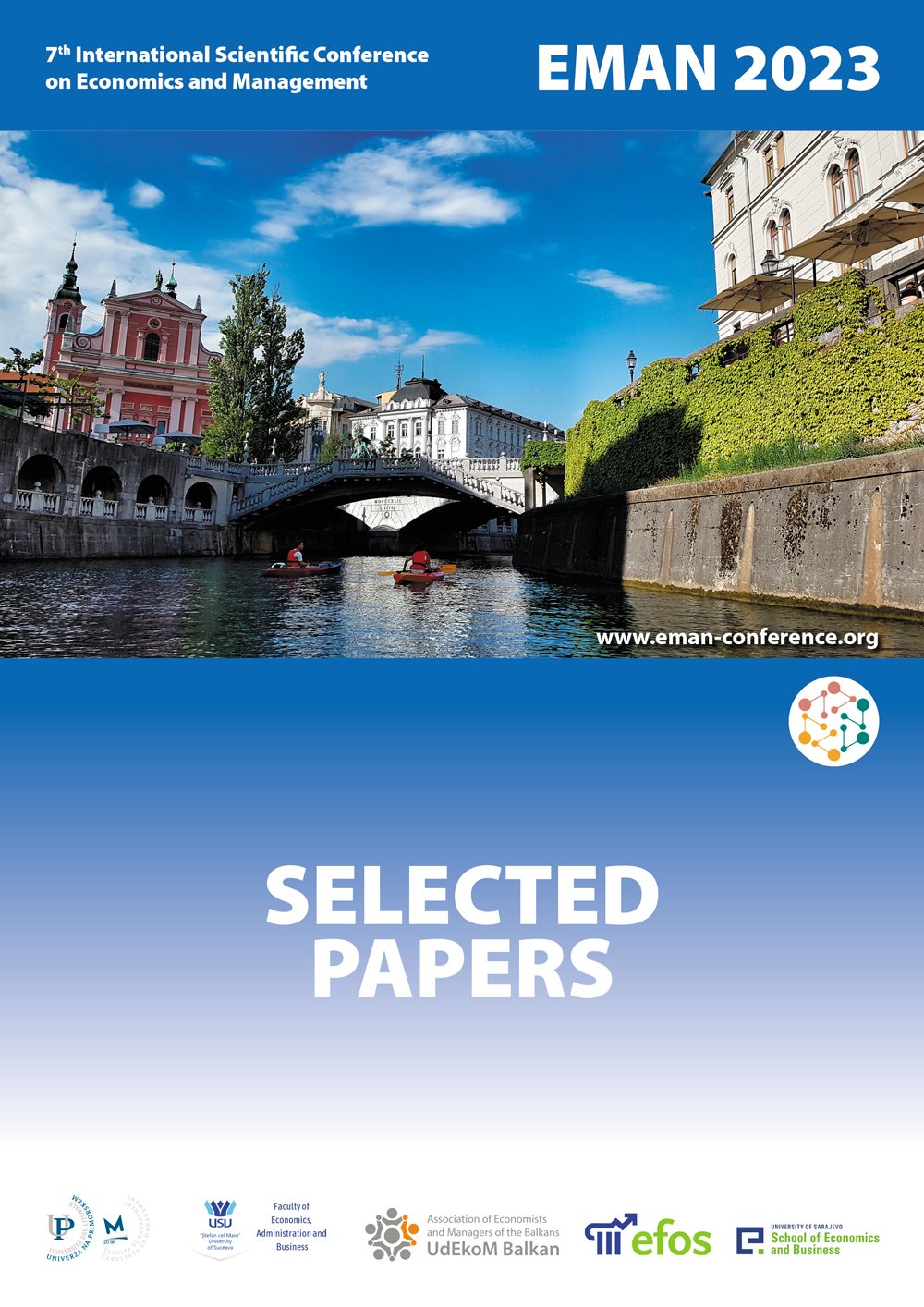Evolving Efficiency of Exchange Rate Movements: A Test for Major International Currencies
Evolving Efficiency of Exchange Rate Movements: A Test for Major International Currencies
Author(s): Mariana Chambino, Nicole Horta, Rui Dias
Subject(s): Social Sciences, Economy
Published by: Udruženje ekonomista i menadžera Balkana
Keywords: Russian invasion-Ukraine; Econophysic; Long memories; Exchange rates
Summary/Abstract: In this study, we analyse efficiency, in its weak form, in the exchange rates AUD/USD (Australian dollar/US dollar), BRL/USD (Brazilian real/US dollar), CHF/USD (Swiss franc/US dollar), EUR/USD (Euro/US dollar), GBP/USD (British pound/US dollar), JYP/USD (Japanese yen/US dollar), RUB/ USD (Russian rouble/US dollar) and SGD/USD (Singapore dollar/US dollar), for the period from January 1st, 2018 to December 31st, 2022. According to the findings, foreign exchange markets in the Tranquil subperiod have mixed results, i.e. The AUD/USD, SGD/USD, and EUR/USD exchange rates are anti-persistent, but the JYP/USD, BRL/USD, RUB/USD, and CHF/USD markets are persistent, and the GBP/USD market is in equilibrium. In the period including the 2020 and 2022 events, we identify long memories in the AUD/ USD, BRL/USD, SGD/USD, RUB/USD exchange rates, anti-persistence in the GBP/USD, JPY/USD, and EUR/USD markets, and signs of equilibrium in the CHF/USD exchange rate. Overall, our findings suggest that market efficiency is hybrid, i.e., the exchange markets studied are rarely in equilibrium during periods of calm or stress. The evidence of oscillation between efficiency and inefficiency may lead currency traders to take full advantage of arbitrage possibilities that appear when market circumstances change.
Book: EMAN 2023 – Economics & Management: How to Cope with Disrupted Times - SELECTED PAPERS
- Page Range: 47-59
- Page Count: 14
- Publication Year: 2023
- Language: English
- Content File-PDF

